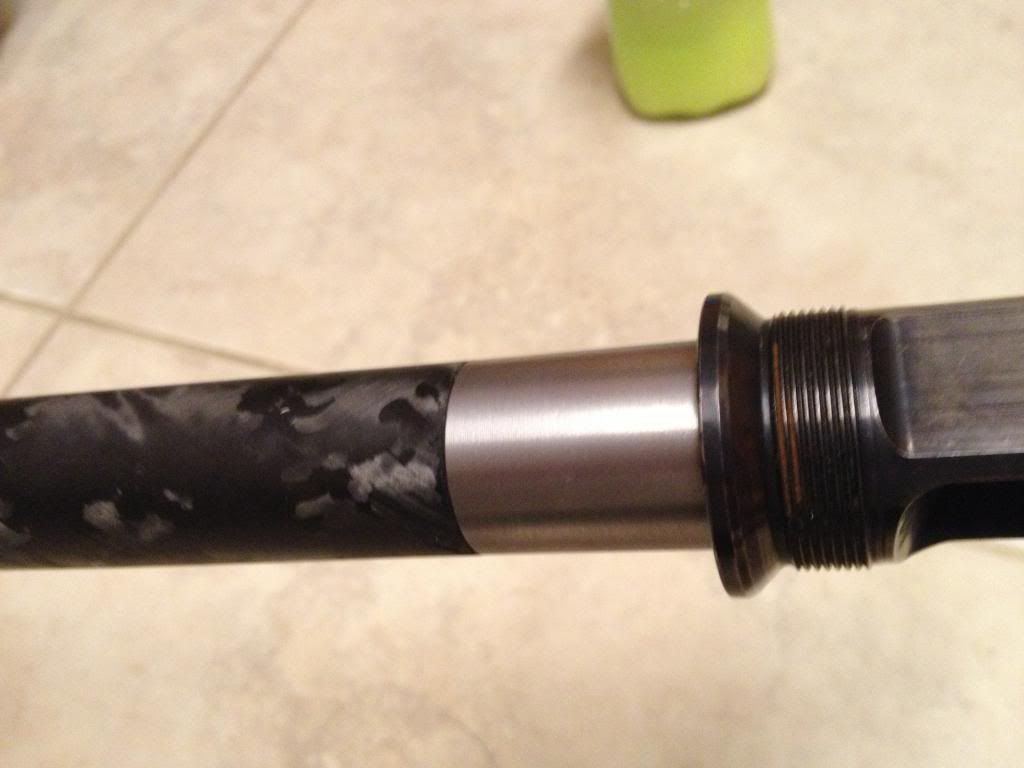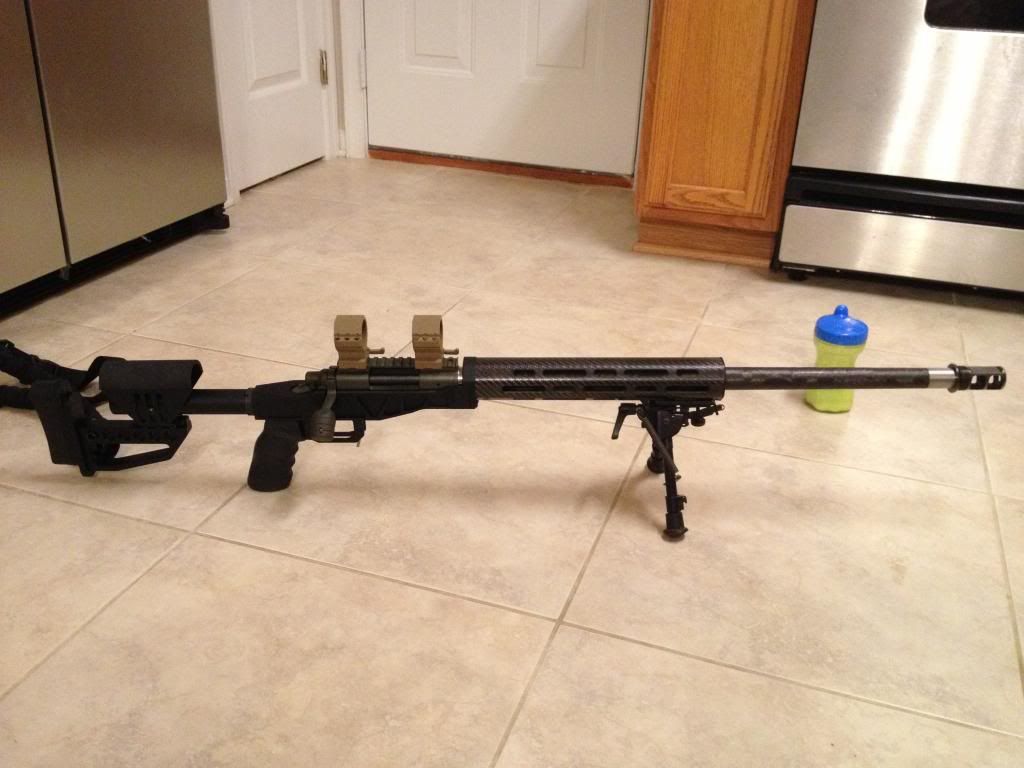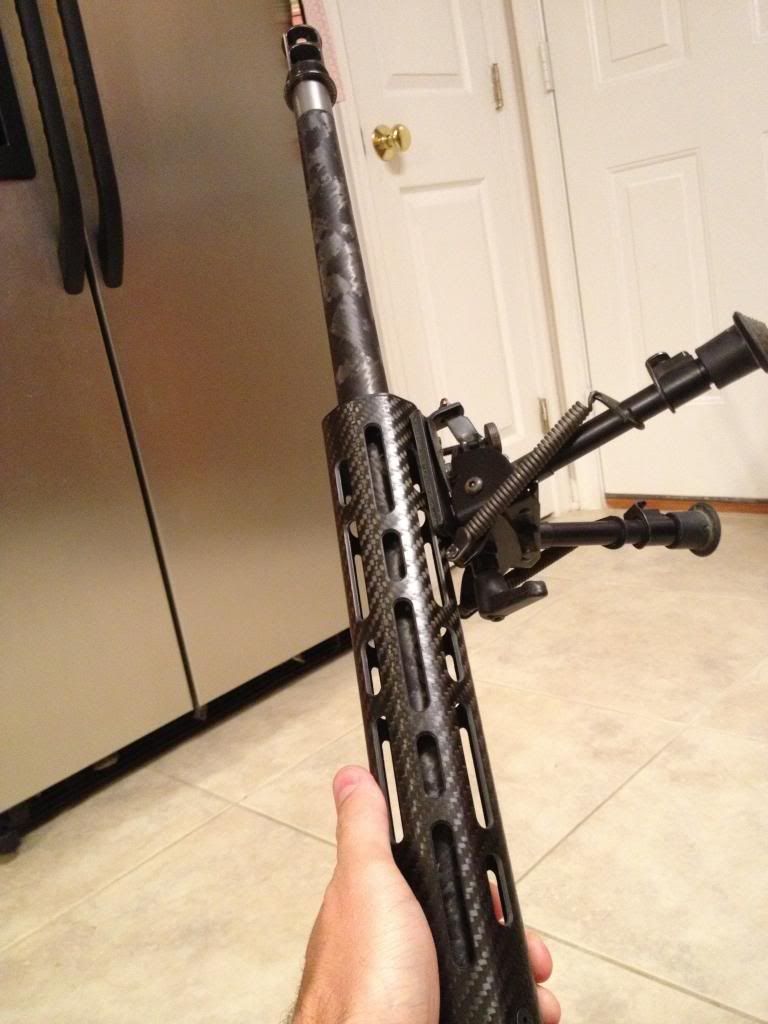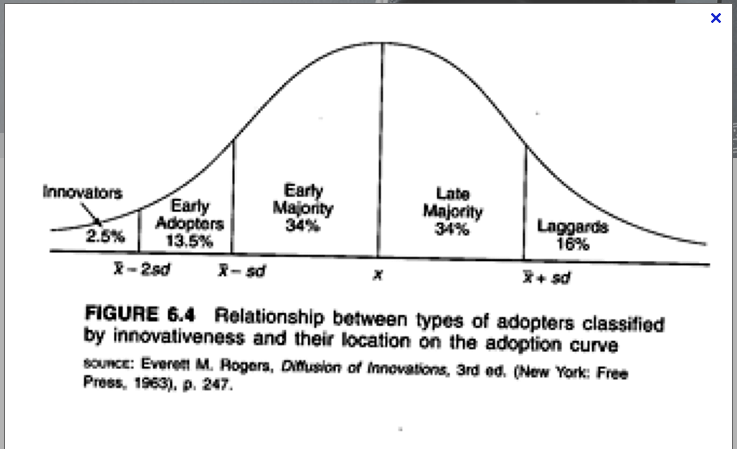PROOF Research acquires Performance Polymer Solutions, Inc. (P[SUP]2[/SUP]SI) Manufacturer of Advanced Engineered Materials
Columbia Falls, MT – PROOF Research, maker of carbon fiber rifle barrels, composite components for firearms, match-grade steel barrels, and complete rifle systems announced today that it has reached an agreement to acquire Dayton, Ohio-based Performance Polymer Solutions (P[SUP]2[/SUP]SI), a producer of novel next-generation materials. P[SUP]2[/SUP]SI’s world-leading product portfolio includes proprietary, high-performance resins, state-of-the-art structural prepregs and high durability adhesive materials with service temperatures of over 1000°F. The company provides enabling composite material solutions and develops manufacturing processes for customers in the aerospace, defense, and consumer products industries as well as actively engaging in exploratory research.
P[SUP]2[/SUP]SI’s products are used in the production of advanced platforms such as the F-35 Joint Strike Fighter and was recently awarded “Supplier of the Year” by Lockheed Martin Aeronautics Company for their exceptional support of an Advanced Development Programs project for which P[SUP]2[/SUP]SI supplied a complete, high-temperature, advanced composite materials turnkey solution.
PROOF Research is committed to science-driven solutions that lighten warfighter load while increasing effectiveness. The acquisition of P[SUP]2[/SUP]SI highlights their commitment to revolutionize firearm carbon fiber technologies. Combining P[SUP]2[/SUP]SI’s novel aerospace materials, design concepts, and manufacturing methodologies with Proof Research’s elite weapons systems and components creates a powerful platform capable of launching a new class of products for both the defense industry and commercial markets.
“P[SUP]2[/SUP]SI has an outstanding reputation in the materials technology industry,” said PROOF Research CEO, Pat Rainey. “Bringing them under the Proof Research umbrella positions us uniquely in the industry. We now have start-to-finish control over every component and material that goes into our carbon fiber-wrapped barrels as well as the ability to continuously develop game-changing new products.”
P[SUP]2[/SUP]SI will continue to deliver innovative solutions to new and existing customers while playing a key role in developing the next generation of PROOF Research products. For more information about Performance Polymer Solutions (P[SUP]2[/SUP]SI) visit: Performance High Temperature Polymer Based Structural Materials from P2SI
About PROOF Research
Based in Montana, PROOF Research is a science-driven manufacturer of latest technology carbon-fiber barrels, composite stocks, complete weapon systems, and steel barrels. www.proofresearch.com









